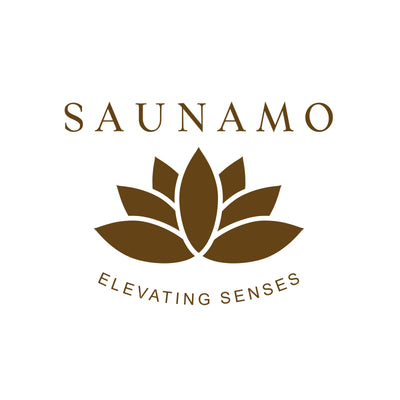Much is said about the importance of a good exercise routine for health and well-being. However, post-workout recovery is an equally crucial component that is often overlooked. Here, saunas can be excellent allies, aiding muscle recovery and promoting a range of benefits for the body. In this article, we'll explore how the sauna can be used to support post-exercise recovery.
Muscle Relaxation and Increased Blood Circulation
After an intense workout, muscles need to relax and recover. The heat of a sauna aids this process, helping to relieve muscle tension and promote recovery. Studies have shown that sauna heat can increase blood circulation, leading to a better supply of oxygen and nutrients to the muscles, which speeds up recovery.
Reduction of Pain and Inflammation
The sauna also plays an important role in reducing pain and inflammation. The heat provided by the sauna increases blood circulation, and helps reduce inflammation as well as muscle pain after exercise. In addition, the heat of the sauna can promote the release of endorphins, hormones that act as the body's natural painkillers.
Improved Joint Mobility and Flexibility
Using the sauna after exercise can help improve joint mobility and flexibility, facilitating stretching exercises and post-workout recovery.
Stimulation of the Immune System
Exposure to the heat of the sauna can stimulate the production of white blood cells, strengthening the immune system and promoting a more effective recovery.
Tips for Using the Sauna after Different Types of Exercise
Whether it's after a run, weight training or an intense yoga session, the sauna can be a valuable ally in muscle recovery. However, it's important to remember a few tips to get the most out of your post-exercise sauna session:
Running: After a run, a sauna session can help relieve muscle tension and promote recovery. However, it is important to hydrate properly before and after the sauna, due to fluid loss during the run and in the sauna.
Weight training: After weight training, the sauna can help relax the muscles and promote recovery. A 15-20 minute sauna session followed by a cold plunge is recommended to help reduce inflammation and speed up muscle recovery.
Yoga: A sauna session after practicing yoga can help increase flexibility and relax the mind and body. Try combining the sauna with some light stretching to maximize the benefits.
Conclusion
The sauna can be an excellent addition to your post-exercise recovery routine, promoting muscle relaxation, reducing pain and inflammation, and speeding up recovery. However, it's important to remember that each person is unique, and what works for one person may not work for another. Therefore, it is always recommended to consult a health professional before starting any new post-workout recovery routine.
Sources:
Scoon GS, Hopkins WG, Mayhew S, Cotter JD. Effect of post-exercise sauna bathing on the endurance performance of competitive male runners. Journal of Science and Medicine in Sport. 2007 Aug;10(4):259-62.
Mero A, Tornberg J, Mäntykoski M, Puurtinen R. Effects of far-infrared sauna bathing on recovery from strength and endurance training sessions in men. Springerplus. 2015 Jul 7;4:321.
Stanley J, Buchheit M, Peake JM. The effect of post-exercise hydrotherapy on subsequent exercise performance and heart rate variability. European Journal of Applied Physiology. 2012 Mar;112(3):951-61.
Laukkanen T, Khan H, Zaccardi F, Laukkanen JA. Association between sauna bathing and fatal cardiovascular and all-cause mortality events. JAMA Internal Medicine. 2015 Apr;175(4):542-8.
Crinnion WJ. Sauna as a valuable clinical tool for cardiovascular, autoimmune, toxicant-induced and other chronic health problems. Alternative Medicine Review. 2011 Sep;16(3):215-25.
Scoon GS, Hopkins WG, Mayhew S, Cotter JD. Effect of post-exercise sauna bathing on the endurance performance of competitive male runners. Journal of Science and Medicine in Sport. 2007 Aug;10(4):259-62.
Hannuksela ML, Ellahham S. Benefits and risks of sauna bathing. The American Journal of Medicine. 2001 Feb 1;110(2):118-26.


